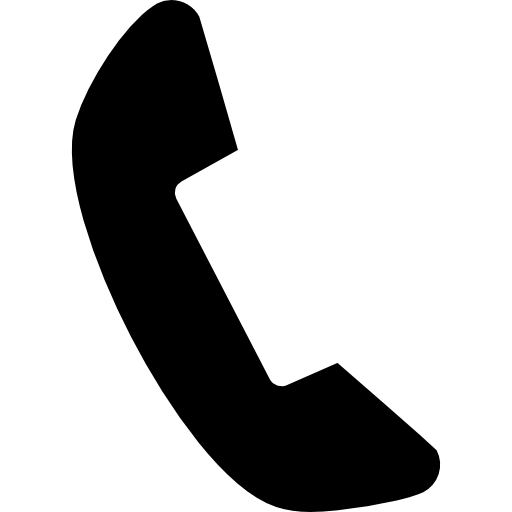Building Your Network: How to Implement a CRM for Hiring

Hiring in Australia today is more than placing an advertisement and waiting for applications. Candidates have options, and the way you manage your interactions can make or break your recruitment outcomes. This is where implementing a CRM becomes your game-changer. Think of it as your hiring headquarters, where every candidate detail, communication, and next step is organised neatly in one place.
Whether you are an HR Manager in a large factory, a Production Manager needing skilled workers, or a Small Business Owner juggling multiple tasks, a candidate relationship management system can bring order to the chaos. And with the right approach, you can build a strong talent pipeline that keeps your business ready for whatever hiring needs come next.
What is a CRM in Hiring?
A CRM software in recruitment is not so different from what sales teams use. Instead of tracking customers, you are tracking candidates. Every resume, every email, and every interview detail sits under one roof. It is like keeping a well-organised filing cabinet, except digital, searchable, and far less likely to be buried under coffee mugs.
With RefHub, your candidate interactions are kept in check so you do not miss out on strong applicants because of scattered notes or forgotten follow-ups.
Why Implement a CRM for Hiring in Australia?
Australia’s hiring landscape is competitive, especially across industries like manufacturing, logistics, and skilled trades. If you rely only on job boards or paper records, you are fishing with a line while competitors are casting a net.
Here is what implementing a CRM does for you:
- Builds a stronger candidate relationship management system
You can track how often you reach out, what feedback you provided, and when you last communicated. No more guesswork. - Keeps your talent pipeline ready
Whether you need workers next week or six months from now, a CRM keeps potential hires warm and ready. - Brings structure to your hiring process
Every step, from application to offer, is logged and easy to revisit. This helps your team stay consistent. - Saves time and energy
By having candidate data in one place, you cut down the hours spent searching through scattered files.
Steps to Implement a CRM for Hiring
So, how do you move from scattered spreadsheets to a system that actually works? Let us break it down.
1. Assess Your Current Process
Before you jump into software, you need to know where your pain points are. Are you losing track of applicants? Do you struggle to keep communication consistent? Are you always hiring in a rush because you lack a ready list of candidates?
2. Choose the Right CRM Software
This is where RefHub can step in. It offers recruitment-focused features that suit Australian businesses, from large manufacturers to small companies. Look for tools that provide clear candidate profiles, reminders, and tracking across multiple stages.
3. Organise Your Data
Import resumes, applications, and contact details into the system. Think of it as moving house: you want everything packed neatly in labelled boxes so you can find it later.
4. Set Up Communication Workflows
Your CRM should let you send messages, schedule interviews, and keep track of responses. No more digging through old emails to see if you confirmed an interview time.
5. Train Your Team
Even the best system is useless if your team does not know how to use it. Set aside time for training, answer questions, and make sure everyone is confident in using the system.
6. Build Your Talent Pipeline
Do not wait until you are desperate for staff. Add potential candidates even when you are not hiring. Keep them warm with check-ins, updates, and occasional outreach.
7. Review and Adjust
Like any process, your CRM system needs regular review. Are candidates moving through the pipeline smoothly? Is your team finding it easy to use? Make tweaks as needed.
How Candidate Relationship Management Improves Hiring
Candidates want to feel valued. If you treat them as just another resume, they will notice. With a strong candidate relationship management system, you can:
- Send timely updates, even if the news is not in their favour.
- Keep records of past applicants who may be perfect for future roles.
- Build long-term connections that make hiring smoother down the line.
Think of it as tending a garden. You water, weed, and check in regularly. That way, when you need something to grow, it is already healthy and ready.
Building and Managing Your Talent Pipeline
Your talent pipeline is your safety net. It is the group of candidates you have already spoken to, already assessed, and can call upon when needed.
In manufacturing, production, and small businesses, sudden staffing gaps are common. Having a pipeline ready means you are not scrambling.
Here is how to keep your pipeline strong:
- Keep track of all applicants, even if they were not the right fit at the time.
- Tag candidates with skills, experience, or location so you can search easily later.
- Communicate regularly, even with candidates you are not currently hiring.
Common Challenges When Implementing a CRM
Let us be honest, adopting new software is not always smooth sailing. Here are some bumps you may face and how to handle them:
- Resistance from staff: People may prefer old ways. Address this by showing how the CRM reduces their workload.
- Data entry workload: Importing old data can be tiring, but once it is done, the benefits outweigh the initial effort.
- Overcomplicating the process: Keep it simple. Start with the features you need most, then build on them later.
How RefHub Supports Your Hiring Goals
RefHub is designed with Australian businesses in mind. Whether you need to strengthen your candidate relationship management, build a talent pipeline, or implement CRM software for hiring, RefHub gives you tools that are easy to understand and practical.
You can also access helpful free resources, such as hiring guides and templates, to support your recruitment strategy.
Final Thoughts
Implementing a CRM for hiring is like moving from sticky notes to a well-organised system that grows with you. In Australia’s competitive job market, it is not about working harder but working smarter with the right tools.
RefHub gives you the foundation to manage candidate relationships, build a reliable talent pipeline, and run your recruitment with confidence.
Ready to bring order to your hiring process? Start today with RefHub and discover how simple it is to implement a CRM for your business. Visit RefHub hiring resources and take the first step towards organised, confident recruitment.




